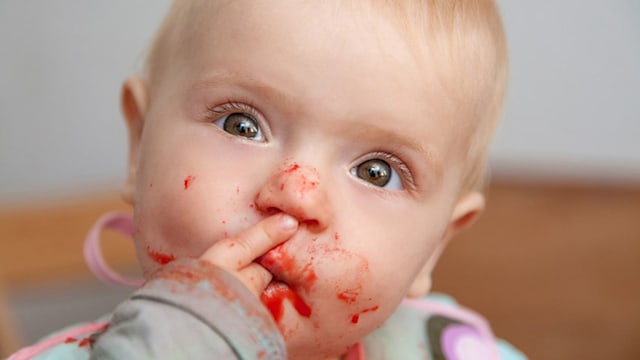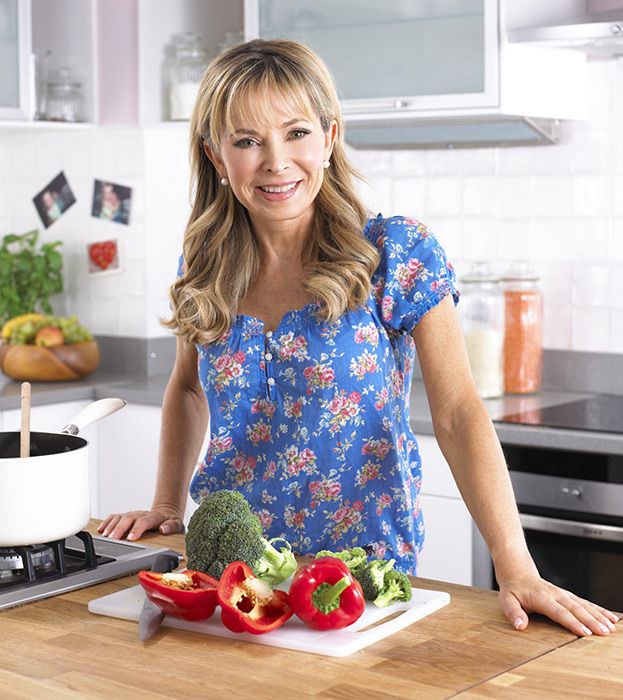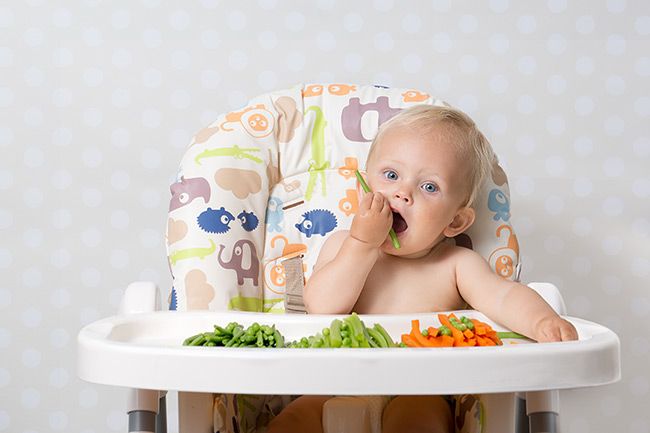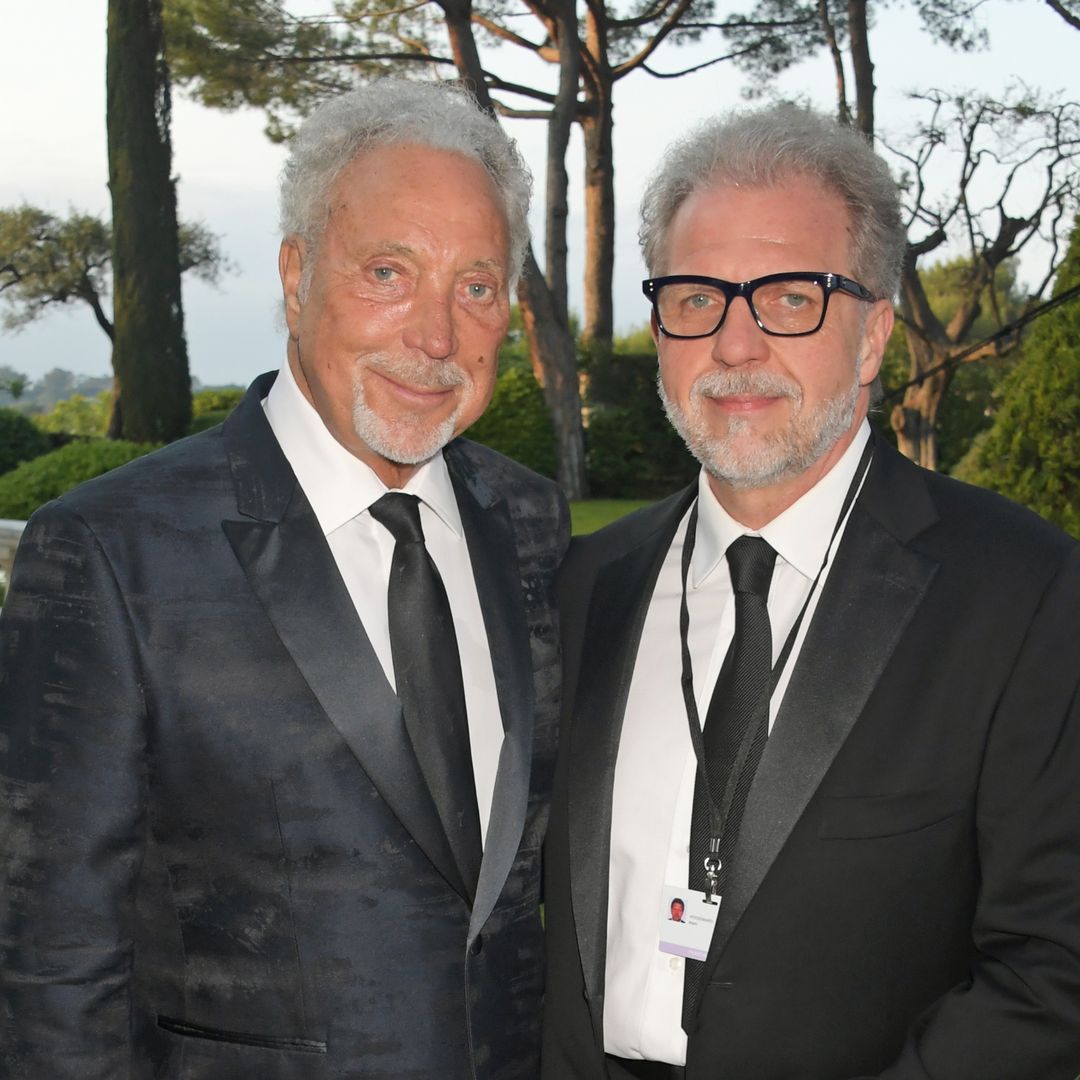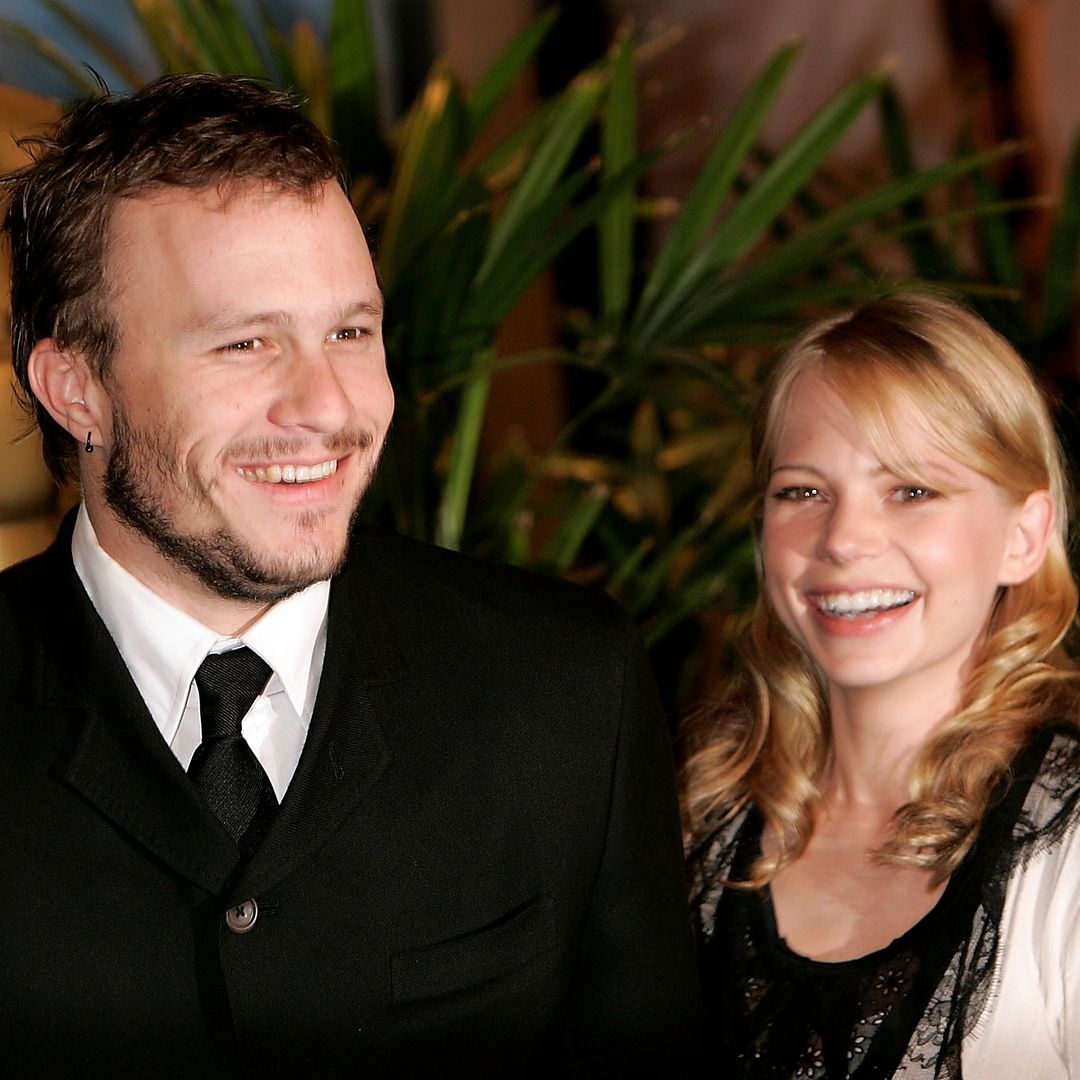Taking your first steps into the world of weaning can be daunting, especially when faced with mountains of conflicting advice and opinions. While lots of parents start out with smooth purees for spoon feeding, baby-led weaning has never been more popular. Yet, as a new parent you wonder if self-feeding over spoon-fed weaning is the best choice for you and your baby.
Here, trusted feeding expert Annabel Karmel shares her tips on how to get started with baby-led weaning.
Baby-led weaning ready?
There are some key tell-tale signs that indicate a baby is ready to start feeding themselves:
- They can sit up unassisted
- They has lost the tongue-thrust reflex (automatically pushing solids out of her mouth with her tongue)
- They has developed sufficient hand-to-eye coordination to pick up food and put it in her mouth
- They is able to chew, even if she has few or no teeth
- They shows that she wants to join in family mealtimes
Prior to six months, babies tend not to have developed the hand-to-eye coordination needed for baby-led weaning, so it's not an option if your baby is ready to wean early. In this case, purees or well-mashed food are an obvious bridge between milk and solid foods.
Introducing soft finger foods and family meals
- Babies around six months tend to use their whole hand to pick things up. They'll need to be able to close their hand around the food, so make sure the pieces aren't too wide. A good rule of thumb is to offer them food that is roughly 5–6cm long as batons or sticks. You'll notice that half is held in a baby's hand and the other half sticks out which means they are on the right track!
- Softer fingers foods such as cooked sticks of carrot, broccoli and sweet potato, and chunks of banana, avocado and cucumber are a good place to start. First tastes like steamed carrots should be cooked until soft but not too mushy so that they can grab it with their fist. It's best to wait until your baby has teeth before you offer harder foods like raw carrot.
- Don't overwhelm your baby with too many food options at the beginning. Just a couple of pieces of food, or a small portion of a family meal will be adequate.
- Let your baby pick up food with their fingers when they start baby-led weaning. Babies must learn to move foods safely around their mouths, so don't put food in their mouth. That way they will only pick up foods they can manage.
- It's also important to remember that babies should be given breast or formula milk for the entire first year. She'll gradually consume less breast milk or formula in favour of solid foods, although between six months and one year, your baby will still need 500-600ml of breastmilk or formula each day.
Safety concerns covered
It's understandable to worry about your baby choking. However your baby is fed, they should never be left alone while eating, and they must always be supported in an upright position. It's also important to note that a baby who is struggling to get food into her mouth probably isn't quite ready to eat, so take your baby's lead.
Whether you are feeding purees or finger foods (or both), your baby's own developmental abilities are what ensure that the transition to solid foods takes place at the right time for them, reducing the risk of choking. That's why it's important to start weaning only when your baby shows signs she is ready.
It's also important to differentiate between gagging and choking. Gagging is a safety mechanism that prevents choking by pushing food away from the airway if it is too big to be swallowed. The gag reflex in babies is triggered towards the front of the tongue (unlike adults where this is much further back). That's why finger foods are recommended from six months as your baby learns to chew and swallow when this reflex is safely close to the front of the mouth.
It is important to note that babies can store food in their mouth for quite some time after eating, so do check that your baby has swallowed her food.
Foods to avoid
It's important to make a note of these high-risk foods to avoid for babies under 12 months:
- Honey
- Mould-ripened soft cheeses
- Added salt and sugar
- Whole cow's milk (or goat's / sheep's milk) as a main drink. You can introduce a little into your baby's foods from six months, once she's started on solids
- Shark, swordfish or marlin (due to high mercury levels)
- High choking-risk foods like whole grapes and whole/chopped nuts (although nut butters can be given at six months)
- Stimulants such as chocolate or sugar
- Unhealthy and processed foods such as battered foods, sugary breakfast cereals, chips, and other foods that contain sugar
- Caffeinated drinks such as tea, coffee, hot chocolate and cola
Annabel Karmel will be speaking at The Baby Show which returns to London Olympia 20-22 October. thebabyshow.co.uk
